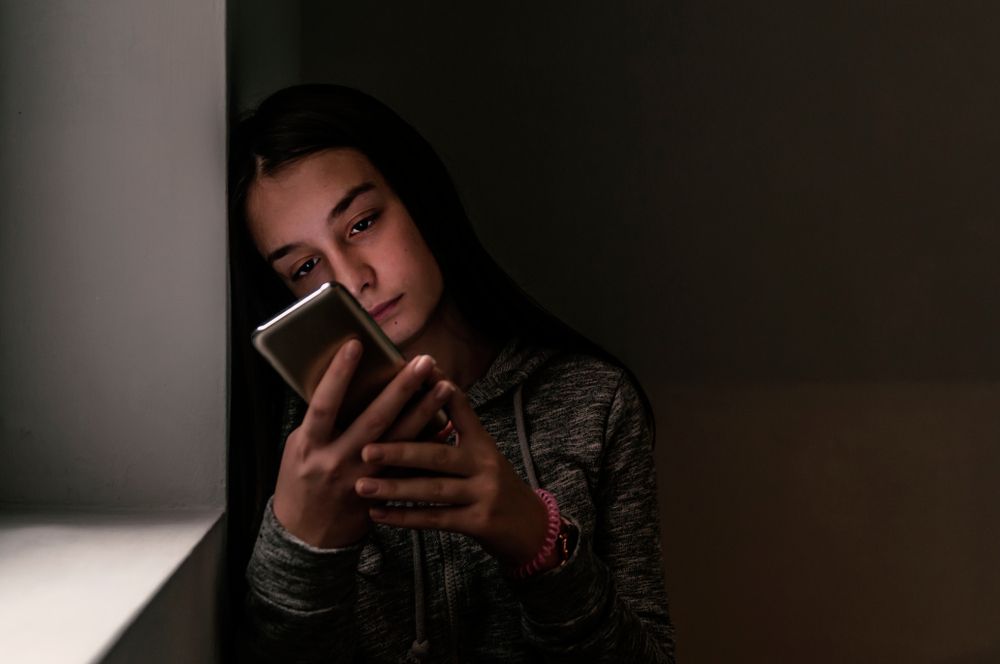Research finds that young people from minority groups are more likely to be exposed to, and experience, harmful material online
The online world is a staple part of most of our lives, and that’s especially true for young people. But while the online sphere can host a plethora of really positive things including connection, knowledge, and entertainment, there is another side that can be potentially harmful.
In a study from the University of Surrey, researchers found that young people from minority groups – such as those from Black, Asian, minority ethnic backgrounds, and LGBTQ+ youths – were more at risk of encountering this content, and being exposed to online harm, than their white, heterosexual, and cisgender counterparts.
The researchers looked at a series of focus groups, with participants aged between 12 and 16 years old. These groups were then shown a display of words relating to risks and harm online, and were asked for their reactions. They then went on to discuss how different issues that they experienced played out online, the actions they took to deal with them, and their views on digital safety education.
What they found was that a substantial number of young people had encountered or experienced sexist, racist, homophobic, and transphobic content, and young women were at a heightened risk of being targeted with unwanted sexual content, as well as being more likley to experience a negative impact from their time online, such as feeling dissatisfied with their body image.
“Our research makes clear that we must work with young people – particularly those from minority backgrounds – to identify and develop solutions that effectively prevent online harms,” said Dr Emily Setty, co-author of the study and lecturer in criminology at the University of Surrey.
“A one-size-fits-all approach to minimising harm can’t hope to tackle the discrimination that seems to be hard-wired into young people’s online experiences. While young people were familiar with technical solutions to combat these risks, such as blocking and reporting accounts, our research highlighted that digital safety education is needed to help them develop critical understanding around these issues.”
As tech companies continue to face pressure to make the platforms safer, the strategies to do so are still relatively unknown. It’s something that Emma Roberson, co-founder of the online safety organisation Digital Awareness UK, is familiar with.
“This research resonates with the conversations our organisation is having with young people about topics such as online hate speech, which they are experiencing at alarming rates,” she says. “Much awareness and progress has come about as a result of big social movements which have played out online, such as racism in football or sexual harassment, as seen with Everyone’s Invited.
“However, at a time when discussions about topics such as race, identity and sexuality are being debated and spotlighted online, we must remember that young people are also experiencing unprecedented amounts of racism, sexism, homophobia and transphobia online. This only highlights the pressing need for educators, parents and carers to get the support they require to help young people manage these challenges, and for policymakers and tech companies to help make online spaces as inclusive and safe as possible.”
Need to speak to someone? Connect with a counsellor using counselling-directory.org.uk

